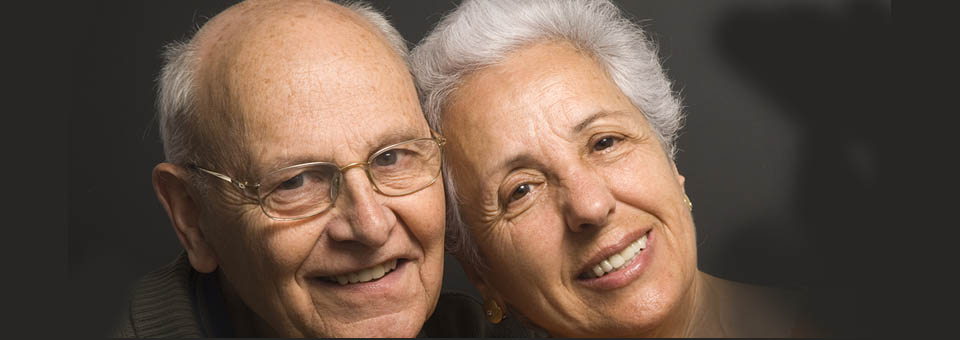If you do a simple Internet search on the cause of male pattern baldness, you’ll see that 95% of doctors continue to blame your genes for your hair loss.1
And while your genes can play a part, losing your hair is not necessarily your parents’ or grandparents’ fault.
Balding is often a direct result of our toxic environment. Forty years ago, only about half of men in their 50s experienced hair loss. Today, that figure has shot up to 85%.
That’s a 70% increase!
And while male pattern baldness affects mainly older men, it actually starts much earlier. About a quarter of men first start to experience hair loss before the age of 21.2 That was almost unheard of when I first started seeing patients.
But unlike your father and grandfather, men today no longer have to live with hair loss. In a moment I’ll show you how you can regain the hair you had in your youth — without Big Pharma’s dangerous drugs. But first let me tell you how hair loss is linked to our toxic environment…
Our modern world is flooded with manmade chemicals — more than 80,000 and counting. And the worst of these are what I’ve nicknamed “alien estrogens.”
These are the xenoestrogens that mimic real estrogen in the body. And they’re everywhere… your food, your car, your cleaning products, flooring and even the air you breathe.
In my 30 years of medical practice, I’ve seen how these chemicals can lead to estrogen dominance in men and women. They destroy your delicate balance of estrogen, testosterone and other hormones.
And your hair is highly sensitive to these hormonal shifts.
Unfortunately, most men still think the hormone to blame is testosterone. Or more specifically, high levels of testosterone. But the real problem is an imbalance of
the testosterone: estrogen ratio.For men, the increasing rise in hair loss incidence should come as no surprise. With the current state of most first-world diets, men’s testosterone levels today are 22% lower than they were 30 years ago.
And your hair is sensitive to these big hormonal shifts. Your hair follicles come under attack and as a result, they become inactive. Eventually, your hair follicles die…
Your strands shrink and start to fall out. You lose the ability to grow thick and healthy hair. And that’s when your confidence and self-esteem take a hit.
Western medicine still pushes drugs like minoxidil for thinning hair. You’ve seen it advertised as Rogaine. But it can have serious side effects like numbness, headaches, skin rashes, chest pains, dizziness, fainting and trouble breathing.
Other side effects include weight gain, swollen feet and hairy arms. And it doesn’t even work for most people.
I don’t prescribe those drugs. Instead, I help my patients restore thinning hair with cutting-edge platelet-rich plasma (PRP) therapy.
Because research shows that PRP can reverse balding.
In one study researchers recruited 11 patients with male pattern baldness. The patients had been on Big Pharma’s hair drugs for six months with poor results. In fact, when researchers pulled gently on their hair, an average of 10 hairs fell loose.
Each patient received PRP therapy every two weeks for two months. Their hair loss slowed significantly. Hair thickness increased by 31%. And nine of the 11 patients lost no hair at all on the pull test.3
Here’s how PRP works… First, I take a small amount of your blood and run it through a centrifuge. This machine separates out red blood cells. It leaves behind plasma with a high concentration of platelets.
PRP can be injected into your scalp or sprayed on. The platelets — or what I call the first responders — rush in and attract stem cells to your damaged and dying hair follicles. This stimulates your scalp to grow new hair follicles. And more hair follicles lead to new hair growth.
Platelets also contain hundreds of growth factors that aid in growing hair faster. These natural growth factors also stimulate your hair follicle’s growth.
If you’re interested in learning more about PRP, please call my clinic at 561-784-7852.
Two Hair Loss Prevention Herbs to Try at Home
Even if you can’t make it to my clinic, there are ways you can reverse hair loss at home. Here’s what I recommend:
- Try this ancient Egyptian hair loss secret. Cleopatra is said to have used black cumin seed oil on her long thick hair. In one study, a group of people were treated with black cumin seed oil for three months. Results showed 90% of the black seed group had increased hair thickness compared to only 7% in a placebo group.3
Don’t get black cumin confused with the common kitchen spice cumin. They come from different plant families. You can also find oil pressed from black cumin seeds. Look for organic 100% pure black seed oil. You can rub it into your hair and scalp.
- Add in some Indian spice. Fenugreek seed contains a form of niacin (vitamin B3) called nicotinic acid. Niacin is a vasodilator. It increases blood flow to the capillaries that feed your hair root. In one study of a serious balding condition called alopecia, women were given either niacin or a placebo. After six months, the niacin group had a significant increase in the fullness of their hair.4
To treat hair loss, mix fenugreek seed powder with coconut oil to form a paste. Apply the mixture to your scalp. Massage it in for 5-10 minutes. Rinse and repeat daily. In several weeks you should notice new hair growth.
To Your Good Health,
![]()
Al Sears, MD, CNS
References
1. WebMD. “Why am I losing my hair?” https//www.webmd.com/skin-problems-and-treatments/hair-loss/men-hair-loss–17/male-pattern-baldness.
2. American Hair Loss Association. “Men’s Hair Loss.” www.americanhairloss.org.
3. Sudhir P, et al. “Nigella sativa seed, a novel beauty care ingredient: A review.” Int J Pham Sci Res. 2016;3:3185-3196.
4. Draelos ZD, et al. “A pilot study evaluating the efficacy of topically applied niacin derivatives for treatment of female pattern alopecia.” J Cosmet Dermatol. 2005:4(4):258-261.

